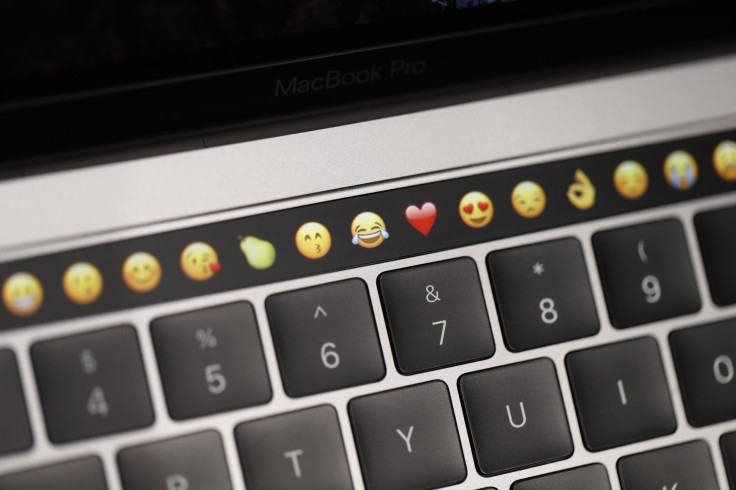What Is An Emoji? 'Face With Tears Of Joy' Is World's Most Popular Emoticon

A University of Michigan and Peking University study revealed that the most popular emoji in the world is ‘Face With Tears of Joy.’
The study, which was published at the Ubicomp 2016 conference and released late last month, involved the analysis of 427 million messages used by almost 4 million smartphones in 212 countries and regions.
"Face with tears of joy" found to be world's most popular #emoji, accounting for 15 pct of total usage: study https://t.co/GuDHLtnpBn pic.twitter.com/vxNYPV9Jkp
— China Xinhua News (@XHNews) January 6, 2017
The researchers discovered that the ‘Face With Tears of Joy’ emoji was the most popular while ‘Red Heart’ and ‘Smiling Face With Heart-eyes’ were the runner-ups.
"Emojis are everywhere,” said U-M School of Information doctoral student and one of the study’s lead authors Wei Ai. “They are becoming the ubiquitous language that bridges everyone across different cultures.”
Aside from the most popular emoji, the team of researchers also looked into emoji cultural preferences.
In countries like Mexico, Peru, Colombia and Chile, where collectivism is the norm, it was discovered that individuals were more likely to use emojis with negative sentiments. On the other side, individualist nations like France and Czech Republic used happier emojis.
The emoji was initially created by Japanese mobile phone operator NTT DoCoMo’s Shigetaka Kurita in the 90s when email usage increased dramatically. People were having difficulty transitioning to shorter modes of communication, so in order to break down the context of information, the emoji was created to transcend the proper emotion through text.
Twenty years later, the emoji is now a part of everyday communication, with the ‘Face With Tears of Joy’ emoji named the 2015 Word of the Year by Oxford Dictionaries. It was chosen because data revealed that the emoji was the most used emoji globally in 2015.
“It’s not surprising that a pictographic script like emoji has stepped in to fill those gaps—it’s flexible, immediate, and infuses tone beautifully,” President of Oxford Dictionaries Casper Grathwohl said in a statement when the decision was announced. “As a result emoji are becoming an increasingly rich form of communication, one that transcends linguistic borders.”
© Copyright IBTimes 2024. All rights reserved.






















